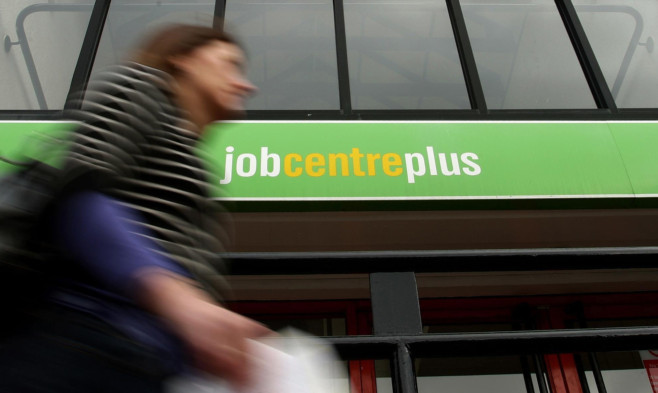Unemployment Scotland fell by 4,000 in the last quarter, according to official figures.
However, the year-on-year regional breakdowns showed there are more people out of work in Dundee, North-East Fife and Kirkcaldy than there were this time 12 months ago.
Office for National Statistics data published yesterday revealed the unemployment rate stands at 7.4% north of the border, below the average rate of 7.8% for the whole UK.
The Labour market statistics also showed employment in Scotland has increased by 19,000 over the three months November 2012 to January 2013.
Scottish Secretary Michael Moore said: “The rise in Scottish employment is good news for people in Scotland and their families and provides further optimism in our economy’s ability to weather the global challenges it faces.
“This Government will continue to ensure helping people into sustainable, long-term opportunities is a priority. We are determined to rebalance our economy and create stability, which is the key to creating jobs across Scotland.”
The youth unemployment rate achieved its largest decrease since 1992 and fell to 17% in Scotland, compared to 20.6% in the UK. The youth employment rate now stands at 56.1%, 5.3 percentage points higher than the rate across the UK.
Scottish Finance Secretary John Swinney said the figures showed a “welcome improvement” and pointed out that the unemployment rate is now at its lowest level for over three years.
He said: “Scotland now has a lower headline unemployment rate and higher youth employment rate than the UK as a whole.
“The targeted action we have taken on youth unemployment, with investment in apprenticeships, full-time college courses and Opportunities for All appears to be delivering real results.”
He added: “Despite these improvements, more has to be done to strengthen the fragile recovery. We are continuing our programme of capital investment to boost our economy and jobs and we are maintaining the most competitive business environment in the UK.”
Youth Employment Minister Angela Constance said: “We have come far since my appointment in December 2011 but there must be no let-up and throughout 2013 I will be asking employers to make young people their business.”
Scottish Trades Union Congress General Secretary Grahame Smith welcomed the fall in unemployment and rise in employment but said women’s unemployment had increased and there was no way of assessing the quality of employment created.
He added: “The fall in unemployment has been driven not by people finding jobs but leaving the labour market. This is not good news and no one should pretend that it is.”
Totaljobs.com in Scotland regional manager Steve Clark said the recent Scottish Government budget “did not do enough to return unemployment back to pre-recession levels.”
He said: “What little job creation there has been over the last few months has largely been based on Government training schemes, part-time work and self-employment.”
Scottish Conservative finance spokesman Gavin Brown called the figures “broadly positive” but added unemployment remained “far too high” and urged the Scottish Government to do more to support businesses.
Scottish Labour’s finance spokesman, Ken Macintosh, welcomed the increase in employment but said the “big story” behind the figures was the number of women registering as economically inactive.
